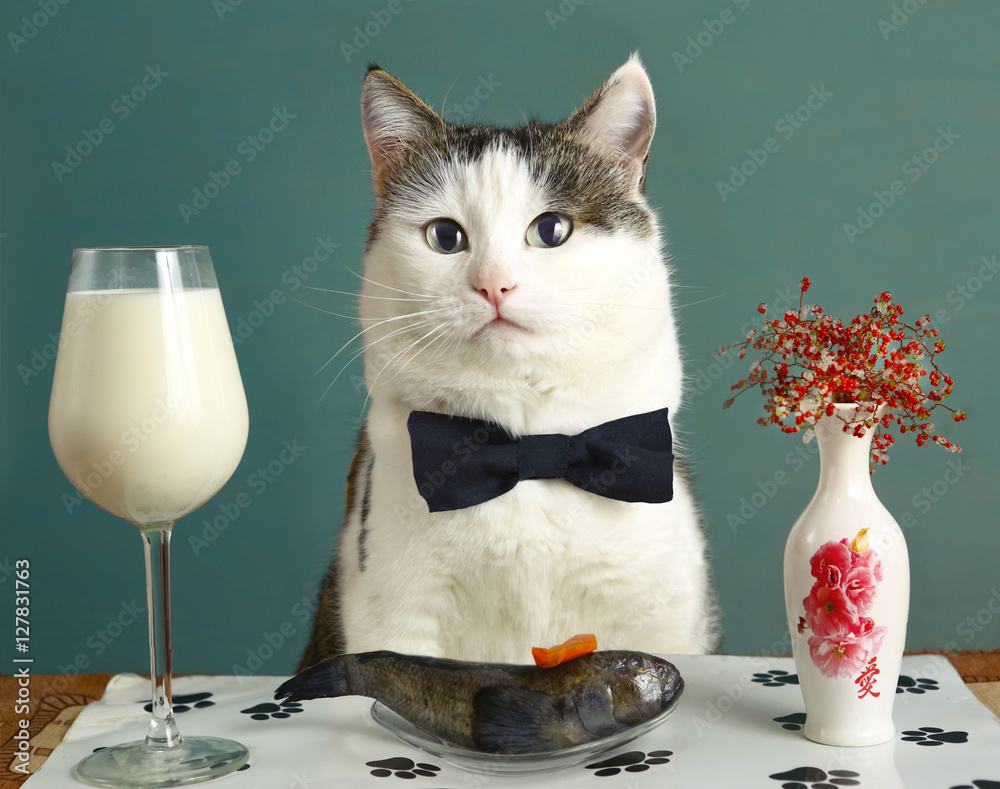Why Your Cat Won’t Eat ? (2023) Solution !!
People joke about cats and their picky eating habits, but skipping meals is actually a serious problem.
While refusal to eat is a concern for all pets, it can be more dangerous for cats.When animals don't eat enough, they must rely on fat stores for energy. Before stored fat can be used as fuel, it must be processed by the liver. This step requires adequate protein intake.
As a cat that stops eating loses weight rapidly, the stored protein is quickly depleted and the liver is overwhelmed with all the fat. This can lead to a dangerous condition called hepatic lipidosis, which can lead to liver failure.
Why Your Cat Won’t Eat?
Loss of appetite in cats is often a sign of illness, so you should see your veterinarian as soon as you notice a change in your cat's eating habits. The faster you can respond to a problem, the better you can help.disease. Loss of appetite is one of the key indicators of a problem. so be careful if your cat suddenly stops eating. A number of different conditions may be responsible, including infections, kidney failure, pancreatitis, intestinal problems, and cancer. But it isn’t always serious - something as simple as a toothache can make your cat stop eating.
recently vaccinated. Did you notice that your cat lost her appetite shortly after taking her to the vet for routine vaccinations? If so, the reason your cat isn't eating could be an adverse reaction to the vaccine. Although vaccines have saved the lives of millions of animals, for some, they can have side effects. Loss of appetite is the most common of these side effects and is usually temporary and mild.
Travel and foreign environments. Like many people, many cats are habitual animals. So changing your routine can lead to loss of appetite. Additionally, some animals develop motion sickness when traveling by car or plane, which can lead to nausea and refusal to eat.
Irritability or psychological problems. If your veterinarian has determined that your cat is not unwell, anxiety or depression may be the reason why your cat is not eating. Household changes can be disruptive to sensitive cats, and sometimes new or familiar schedule changes can have an impact a cat’s emotional well-being. Or, your cat could just be a finicky eater. Keep in mind that cats, in general, take a long time to adjust to new types of food, so a recent change in diet could be the culprit.
The solution
Whether your cat is sick, anxious or just making a fuss, keep in mind that refusing food altogether can have devastating consequences. So, even if you're trying to put your cat on a doctor-prescribed diet, don't leave your cat hungry for a specific type of food.
If an illness is causing your cat to not eat, work with your veterinarian to develop the best treatment plan for you and your pet. This may include changes in food type or texture; some cats will tempt them to eat by offering canned food when they are uncomfortable.
In more extreme cases, the veterinarian may prescribe medication to stimulate appetite, or suggest giving the cat liquid food with a syringe. Alternatively, a veterinarian may recommend placing a feeding tube to ensure adequate nutrition.
If illness is not the cause, you can try encouraging your cat to eat.
You may have noticed that certain foods, such as liver or canned tuna, can stimulate appetite in some cats. Remember to only provide these foods in small amounts. Large quantities may harm your pet by causing deficiencies or an overabundance of certain vitamins.
Instead of relying on human food, try encouraging your cat to eat commercially available canned food. You may find that heating your food or mixing it with fish oil, broth (make sure it doesn't contain onions that are toxic to cats), or hard-boiled eggs may tempt your picky cat to eat. If your cat is still not eating, remove the food and offer fresh food later in the day. If the food becomes hard and stale, your cat may learn to avoid it in the future.
If your cat eats only human food, mix your pet's favorite human food with cat food and let your pet transition in a few weeks. Over time, you should be able to change the ratio until your pet only eats cat food.
Many experts recommend using a similar technique to rotate a cat's diet between different brands two to four times a year. This practice can help reduce stinginess and also minimize the development of food allergies and intestinal problems.


Comments